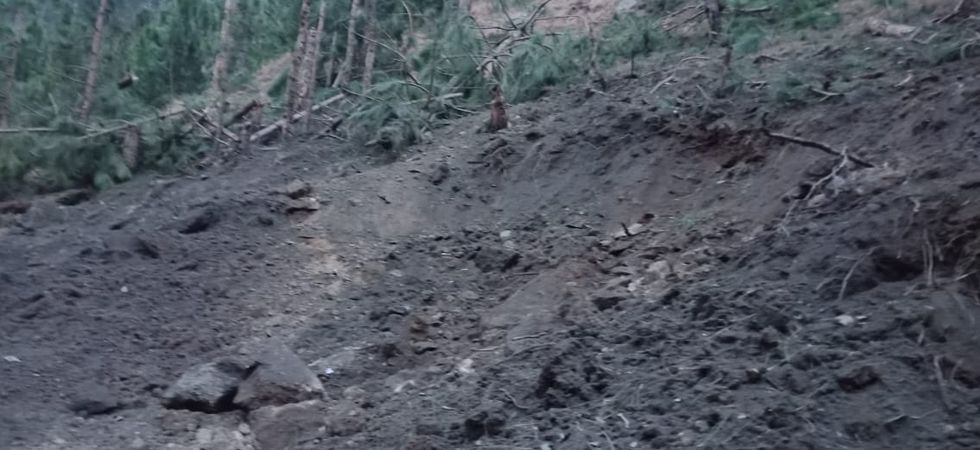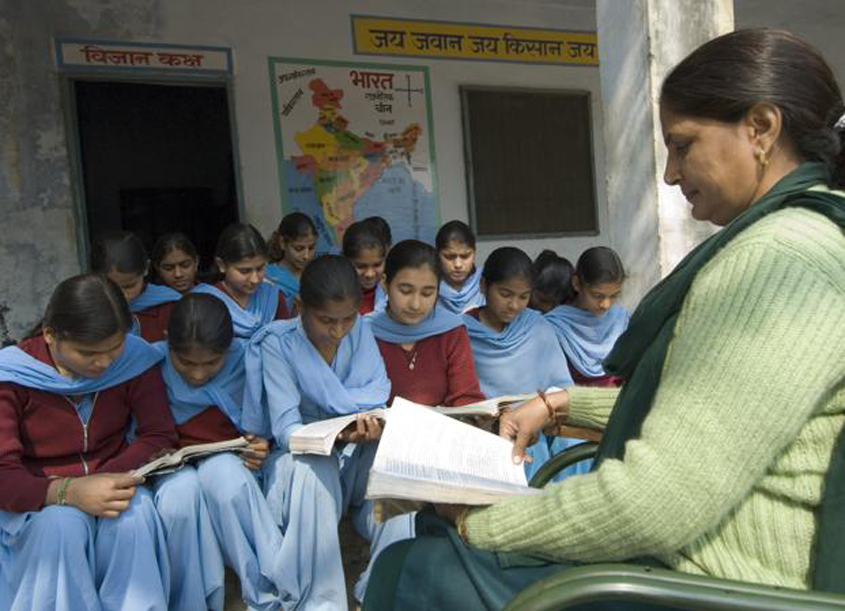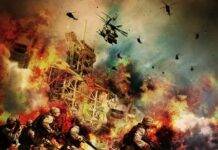The communal cleavages of the generation exacerbated by new forms of media and fostered by the frustrations inherent in the neo-liberal regime are being utilised to serve the purpose of militant and chauvinistic nationalism in the aftermath of the Phulwama attacks.
Kunal Nath Shahdeo is pursuing his Ph.D in Sociology from IIT, Mumbai.

[dropcap]I [/dropcap]am a 26 year old student. But along with being identified as a student, I also possess other identities such as that of being male by anatomy and Hindu by religious affiliation. What encompasses all my identities is that I am a citizen of the Indian nation-state. I love my country and I am patriotic enough to care for its wellbeing. I have been socialized and schooled to respect my country and make necessary sacrifices for the sake of the country whenever required. I was deeply hurt and angered by the recent Pulwama attack on the CRPF convoy on the Jammu-Srinagar highway on 14th February, 2019.
The very constitution of the nation as an “imagined community” allows for the collective feeling of grief or anger. However, what was disturbing was what followed the attack, constant war mongering by the news channels and the effect it had on the “rational” citizens of our country. Social media was flooded with hate material against Pakistan. The targets of this hate were also our fellow citizens of Kashmir and as it happens in these times of cultural nationalism, Muslims also had to bear their share of the hate. The national allegiance of the Indian Muslims comes into question whenever a terrorist attack takes place in India. Their religion and nationality are seen to be incompatible by the Hindutva strand of nationalism in India.
The ruling regime in India, as usual, allowed the emotions to boil after the attack, which also led to acts of violence against Kashmiris in different parts of India. Our prime minister could have acted as a calming influence in the aftermath of the attack and at the same time could have given a strong statement against the supporters of the attackers. However, he used his same old tactic of delaying his response and letting emotions boil. The corporate media houses amplified this collective anger supported well by the virtual world of social media.
The public opinion was created for violent action against Pakistan. According to media reports, on 26th February morning, Indian Air Force attacked the alleged terrorist bases in PoK killing around 300 terrorists in what is being called a “non-military pre-emptive action”. Maybe this is what it means when they say democracy is the government of, by and for the people in this “hyper-real world”.
I understand the Weberian definition of the state as having a monopoly of legitimate use of violence within a particular territory. This legitimacy was challenged by Pulwama attack and hence the Indian nation-state retaliated by attacking the terrorist bases in Pakistan, soothing the collective consciousness of the nation and asserting its legitimacy. The story of the nation-state is inherently violent especially when it comes to establishing its legitimacy over a given territory.
Despite its coercive tendency and potential to become extremely violent, the nation-state is also a source of solidarity and commonality going beyond the primordial identities based on caste, language, and religion in the Indian context. In such a charged environment, the IAF carried out attacks on terrorist bases in Pakistan.

The disturbing aspect of this attack was not the attack itself but the reception it got from the public-the citizens of this country.
Our prime minister led this celebration of violence. One can understand his political compulsion to appropriate this act by IAF as his own achievement, especially when the elections are due in a few months. His event management skills are not hidden; this was one such worthy event for him. However, in my opinion, the celebration of the violence and warmongering in the public sphere and the huge public support it is getting directs us towards the larger pathology our society is facing today.
In this media induced world, we are consuming everything including war and violence. The ability of media to manufacture active consent from the people in favour of the ruling regime is unprecedented today. It lays bare the savage shelves hidden inside the ‘modern rational citizens’ of the Indian nation-state. It makes them demand publicly demonstrated act of vengeance in order to satisfy the collective consciousness of the nation in the Durkheimian sense. Eye for an eye and blood for blood is the dominant mode of thinking especially among the “demographic dividend” generation.
In times of hyper-masculine nationalism (amplified by mass media) I find myself to be a part of the apparent minority group who do not support violence, war and hate against the “other” of the Indian nation-state( this group is actually very big but gets less space in the mediated public sphere because it is not sensational). My patriotism and masculinity are doubted when I argue against the use of violence in Kashmir by the Indian Army or when I do not take part in the warmongering against Pakistan.
I love my country and care for its wellbeing and that’s why I feel scared about the rampant use of physical and symbolic violence by the state against the “demonized other” within and outside the territory of India. I feel scared about the increasingly violent and irrational public sphere that has emerged in India in the last few years. The number of violent hate messages circulating on Whatsapp, Twitter and Facebook (also the number of “nationalist” news anchors deciding about war through opinion polls) is testimony to this fact. However, what disturbs me the most is the thought that what happens in the virtual world cannot be disconnected from the real world.
The virtual world reflects the deep pathologies of our society. After independence and under the umbrella of Nehruvian secularism, we tried to hide the deep divisions of our society. The lack of political and social will to address the problems of our society in that period has come to haunt us today. We as a society lived through the fiction of communal harmony in a deeply communalized society. This fiction was laid bare in the 1990’s with the rise of hyper-masculine cultural nationalism and its unholy alliance with the neoliberal capitalism. The deepening of communal divisions in our society in recent times is threatening the well-being of the nation.
Today, communal cleavages of this generation exacerbated by new forms of media and fostered by the frustrations inherent in the neo-liberal regime is being organised in particular path by the ruling regime. This path is the path of exclusive hyper-masculine cultural nationalism inherently violent in nature. This nationalism has successfully manufactured its “others” and blinded its supporters with commoditized ‘unreason’.
[irp]
It is expressing its violent behaviour more frequently and blatantly than ever. In addition, a complementary narrative of India as a strong nation with a strong leader has emerged in recent times; this strength is measured in military terms rather than in terms of peace, prosperity, and equality within the nation. This masculine strength of the nation is reflected in terms of the capacity to take armed action when required.
The support and celebration of violence and war, I fear; expresses the violence inherent in the nature of our existence today. This violence has the legitimacy of the pathological nationalism, which blinds its supporters from accepting the basic common humanity of all human beings. I do not support violence by anyone whether it is from non-state actors or by the state itself. I just fear that no one knows when fascism arrives and creates grounds for its sustainability. As a part of the youth, as a student, a citizen and a patriot and above all a human being, I pray that sanity and peace prevails.












